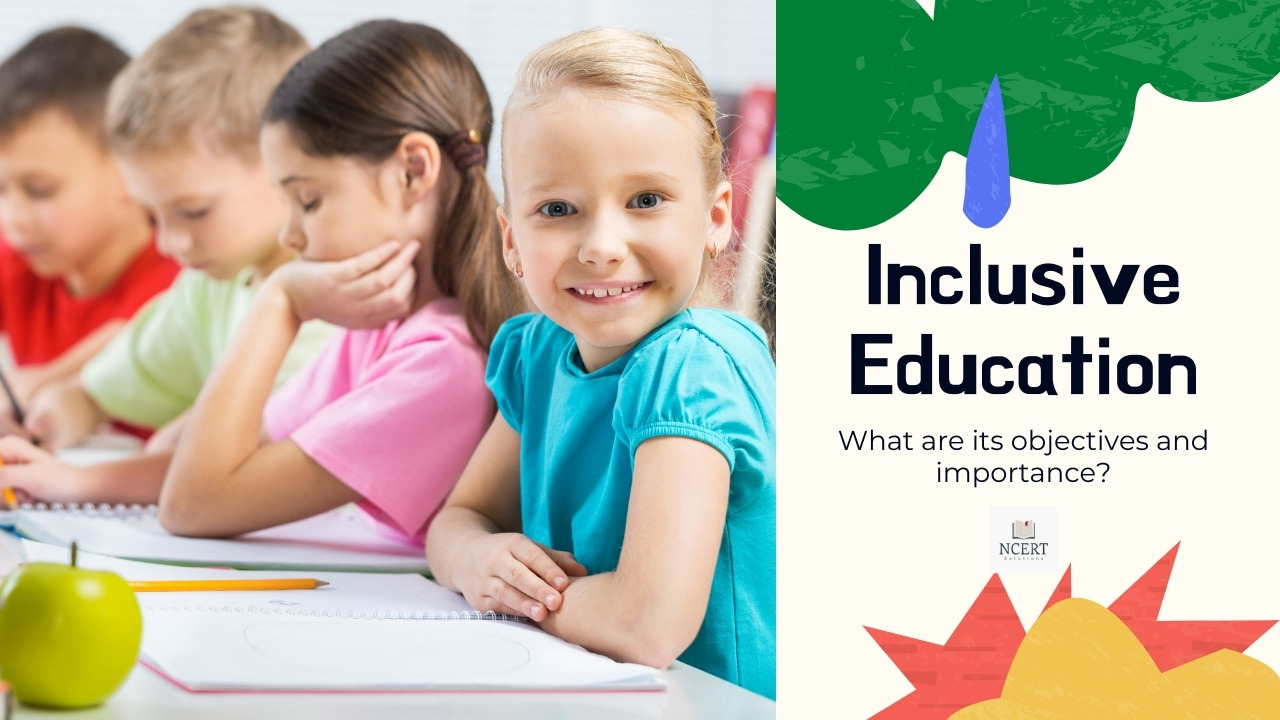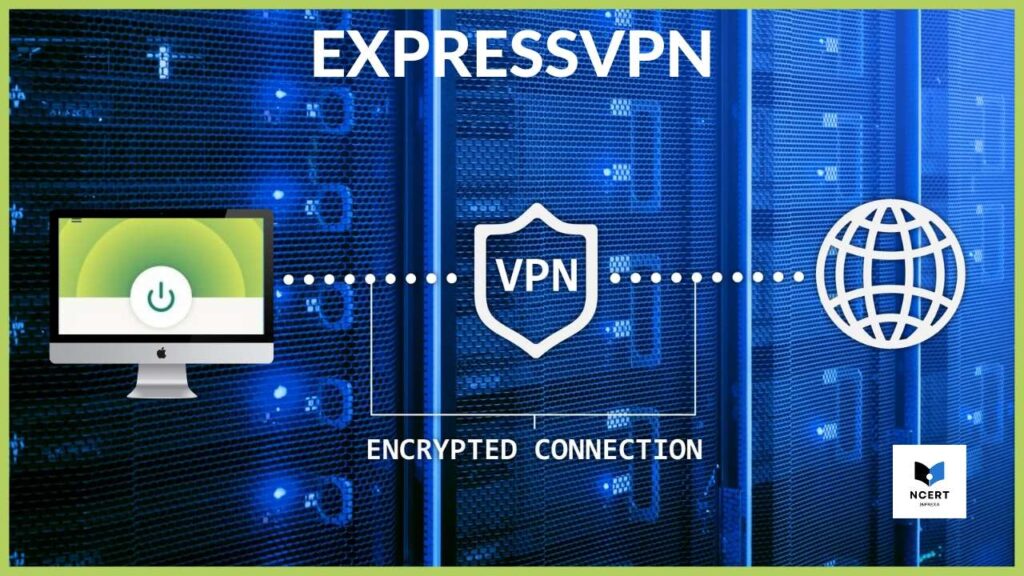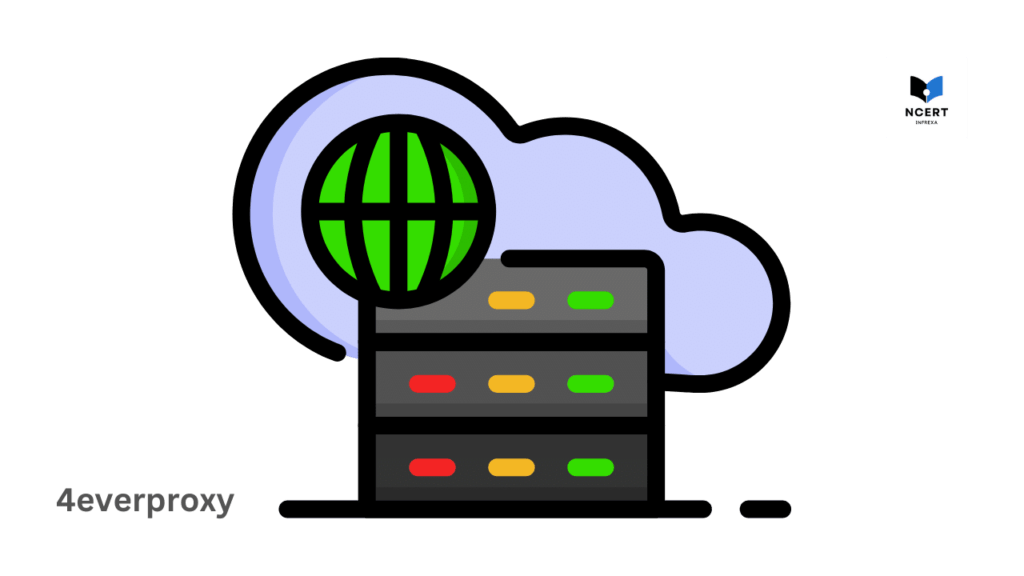Inclusive education (IE) is an education system where students of all abilities, including those with disabilities, learn together in the same environment. It emphasizes providing equal educational opportunities to all students, regardless of their physical or mental challenges.
In simpler terms, inclusive education opposes the segregation of ‘students with special needs’ from their peers. Instead, it advocates for a unified education system that addresses the needs of every student.
Initially, IE focused primarily on differently-abled students, but today, it’s recognized that every teacher should apply this principle in a comprehensive approach within their classroom.
This concept has deep historical roots in Canada and the United States and has evolved into a fundamental principle in modern educational policies.
Meaning
Inclusive education means that students should receive meaningful education in an optimal environment, enabling them to live dignified and successful lives. It ensures quality education for every student without barriers such as ability, physical disability, language, culture, family background, and age.
Steps for the Development
To ensure the success of inclusive education, certain steps must be taken to include various groups of children:
- Children from lower socioeconomic backgrounds
- Working children
- Street children
- Children of migrant workers
- HIV-infected and other physically or mentally disabled children
For the effective implementation of inclusive education at the school level, schools should provide adequate security, housing, toilets, and drinking water. Teachers should focus on the individual characteristics and creative abilities of the students. Additionally, maintaining regular communication with parents is crucial to keep them informed about their child’s progress and downfall.
Primary education should be accessible to everyone, addressing challenges under the Right to Education (Amendment) Act, 2019. Efforts must also be made to address linguistic barriers promptly.
Objectives of Inclusive Education
The objectives of inclusive education align closely with those of general education, such as national development, societal reorganization, and professional efficiency. Specific goals of IE include:
- Understanding the skills and competencies of parents of children with disabilities and addressing the challenges faced by these children.
- Identifying and determining the special needs of children with disabilities.
Definition
Stephen and Blackheart define inclusive education as “Mainstream education means providing education in ordinary classrooms with equal opportunities based on psychological principles that promote appropriate social humanization and learning through individual planning.”
Some educationalist states, “Inclusive education reveals new dimensions not only of learning but of specialized learning.”

Other educationists describe it – as a system where both general and special students receive education together without discrimination.
Features
Inclusive education integrates physically and mentally challenged children with their peers in a regular classroom, offering additional support as needed. This approach:
- Promotes anti-segregation by providing equal educational opportunities for disabled children.
- Complements specialized education, with some severely disabled children transitioning to inclusive schools after acquiring certain skills.
- Creates a less restrictive, more effective environment for disabled children, allowing them to lead normal lives.
- Fosters a healthy social environment, reducing social distance and promoting mutual cooperation.
- Recognizes the importance of disabled children in society, treating them as equal to their peers.
Scope of inclusive education
This approach is intended for all children facing physical, mental, or social challenges. It aims to offer a supportive and inclusive educational experience for every child, enabling them to lead a normal, fulfilling life. Its scope includes:
- Physically challenged child
- Mentally retarded child
- Socially disrupted child
- Educationally challenged child
Need for inclusive education
Inclusive education is essential in every country as it provides children, including gifted, special, and disabled children, the opportunity to learn in a general environment. This system:
- Offers disabled children the chance to progress mentally alongside their peers.
- Follows the principle of equality in education and facilitates educational integration.
- Creates a natural environment that develops unity, brotherhood, and equality among students.
- Optimizes resources, reducing educational costs while maximizing productivity.
- Forms a small society where children of all types learn together, enhancing qualities like morality, love, sympathy, and mutual cooperation.
- Encourages learning and social competition among children.
- Plays a crucial role in bringing about social change, making it highly relevant today.
The importance of inclusive education
Inclusive education is important for the following reasons:
- It helps identify and address the special needs of children with physical disabilities before they become severe.
- Provides education through innovative methods tailored to children’s learning challenges.
- Facilitates the rehabilitation of physically challenged children.
- Promotes understanding of learning problems faced by disabled children and encourages group efforts for improvement.
- Aims to identify and address children’s disabilities.
Process
There are four key processes in inclusive education:
- Standardization – Normalization is the process that creates a normal social environment for talented children and youth to learn the work as far as possible.
- Institutionless education – Institutionless education is a process in which more and more talented boys and young girls eliminate the limitations of those who take education in residential schools and provide them with the opportunity to get an education among the general public.
- The mainstream of education – The mainstream of education is the process in which gifted children are related to normal children through day-to-day education.
- Inclusion – Inclusion is the process that brings gifted children to the general education room for their education in any case the opposite of coordinated separation.
Major Barriers
Several challenges hinder the implementation of inclusive education:
- Lack of Teaching Skills: Teachers must have the ability to educate all children equally, employing different teaching methods according to individual needs. However, not all teachers possess these skills, making it a significant barrier.
- Social Attitude: Society often views disabled children negatively, discouraging them and reinforcing the belief that they cannot succeed. This social attitude is a major challenge in inclusive education.
- Physical Barriers: Physically disabled children may struggle to learn at the same pace as their peers, and their specific needs are often overlooked, creating obstacles in their education.
- Curriculum Design: The curriculum must be flexible and suitable for both general and special children to ensure inclusivity.
- Language and Communication: Inclusion-based education brings together children from different linguistic backgrounds, leading to challenges in communication and understanding.
- Barriers in Indian Education Policies: Various education policies in India create obstacles to implementing inclusive education, restricting teachers and schools within certain parameters.




